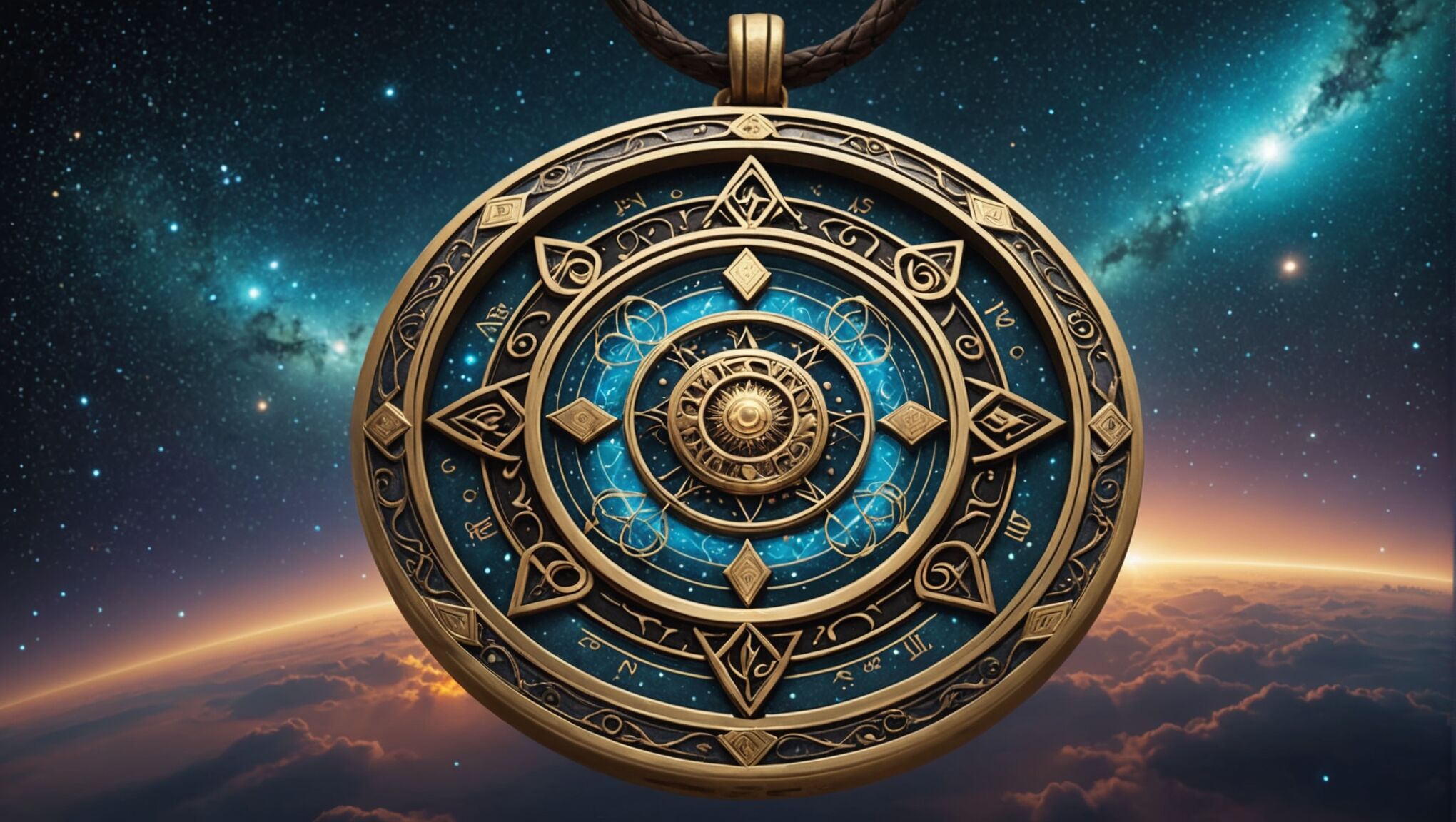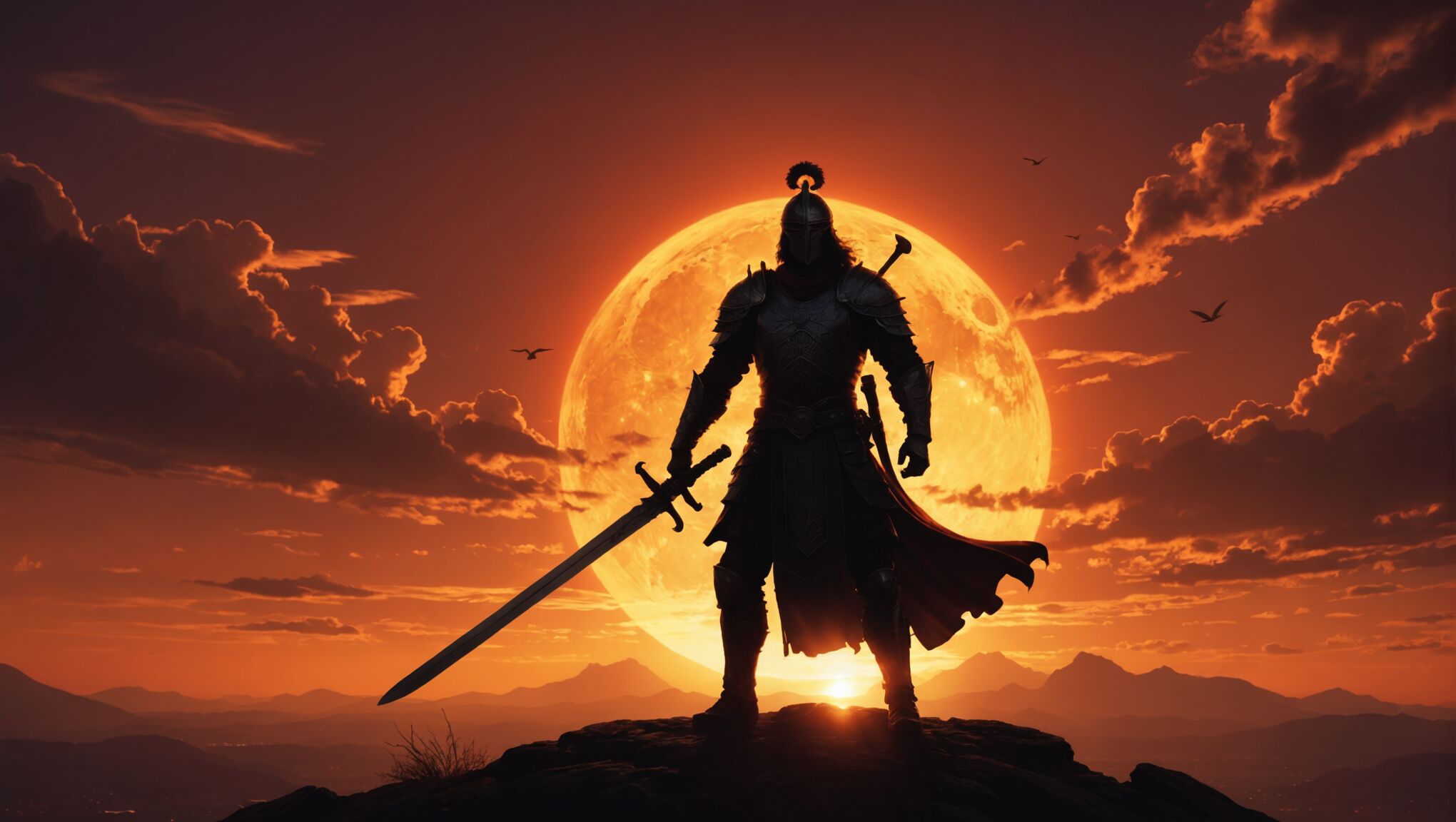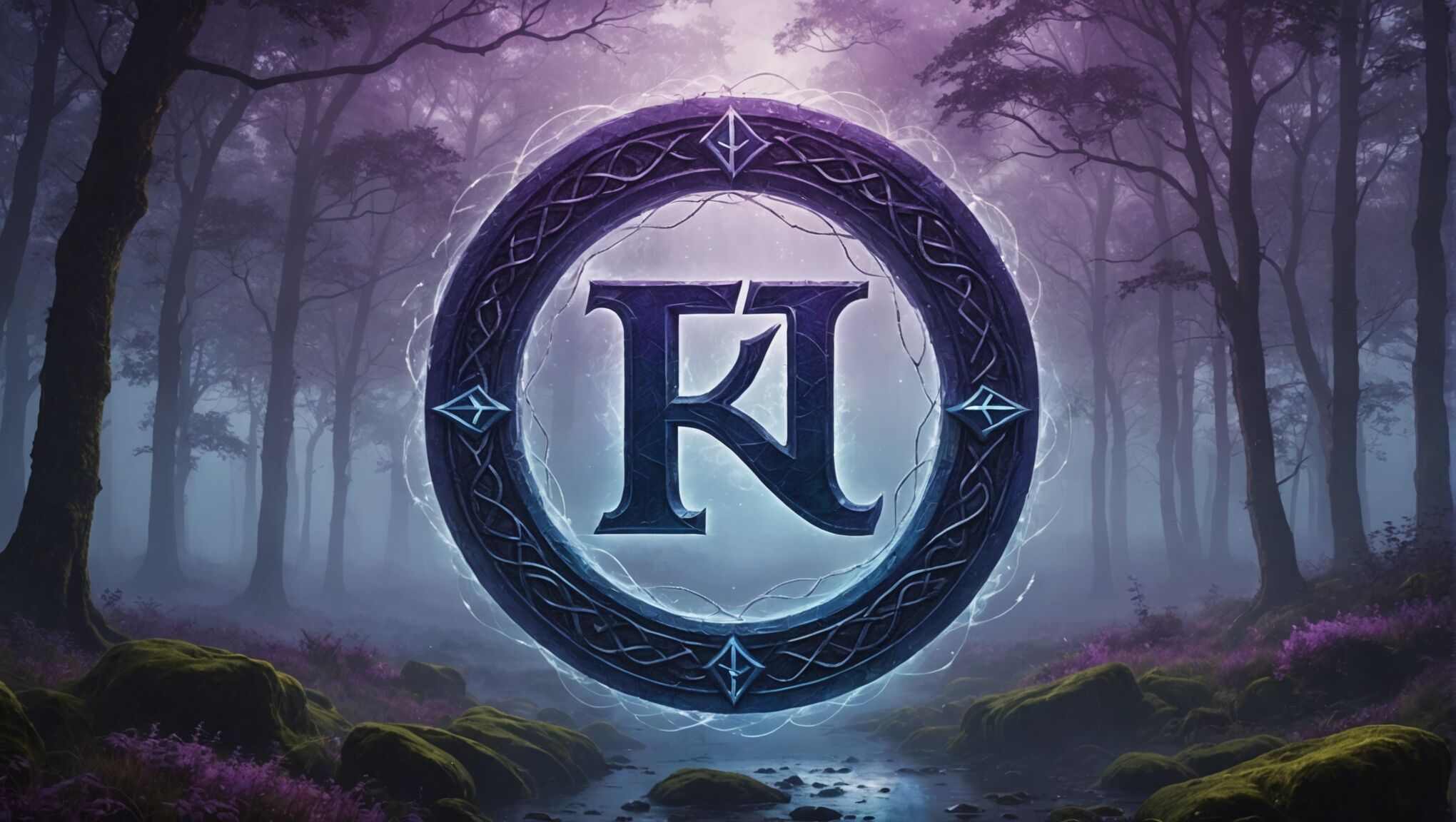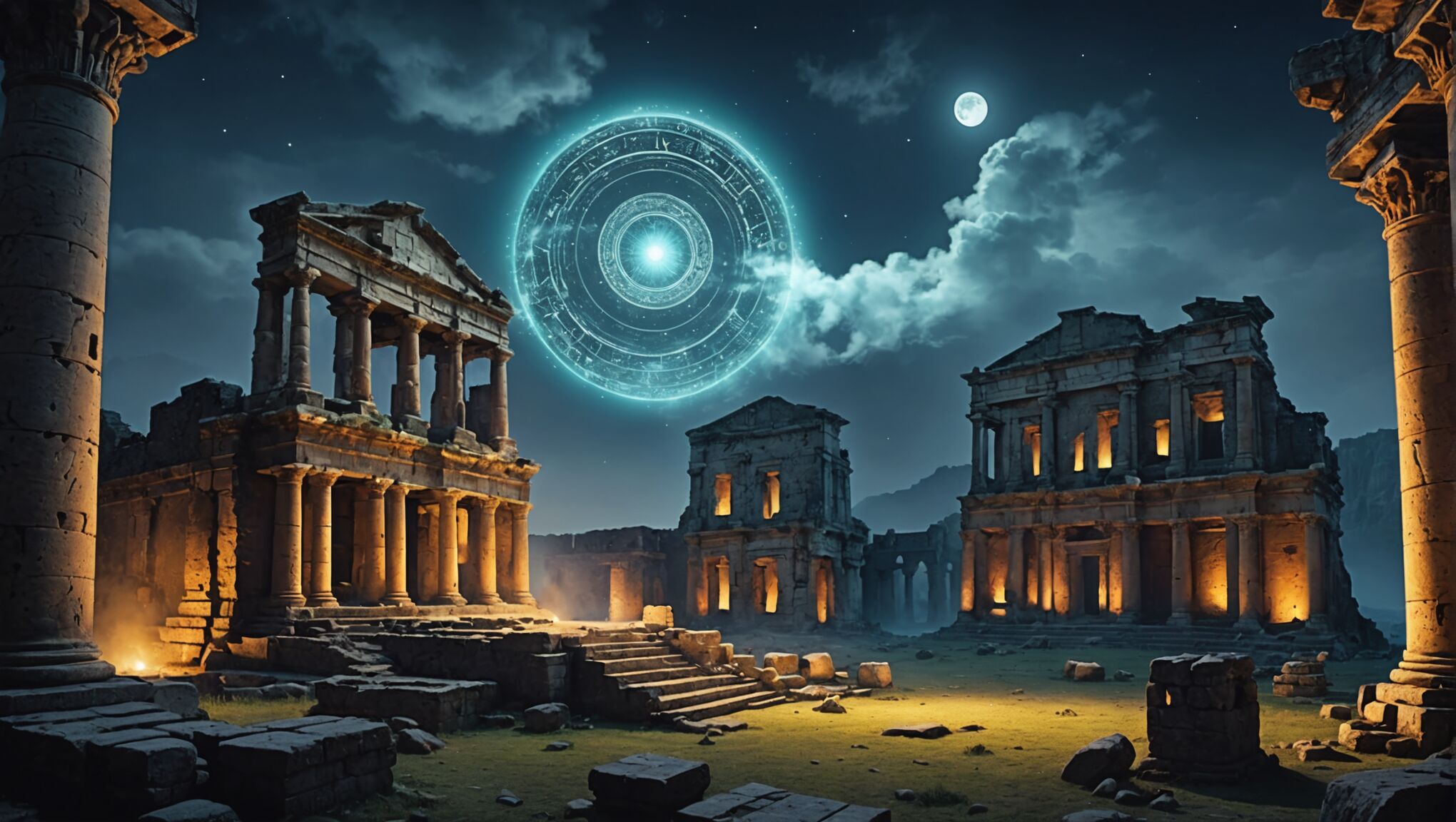blog
What Makes a Fantasy Book Cover Irresistible?
A captivating fantasy book cover serves as a window into the magical realm within its pages. Through carefully crafted visual elements, it weaves a narrative that entices readers to embark on an epic journey. “A picture is worth a thousand words” rings especially true for fantasy covers, where intricate details and sweeping landscapes can convey entire worlds. Successful covers often feature a focal point that draws the eye, such as a mystical artifact or a heroic figure, surrounded by supporting elements that hint at the story’s scope. Layered compositions create depth, inviting viewers to explore every corner of the image. Lighting plays a crucial role, with dramatic contrasts or ethereal glows setting the mood and atmosphere. Dynamic poses and action scenes suggest adventure and conflict, while serene vistas promise exploration and wonder. Symbolic imagery, like ancient runes or mythical creatures, adds layers of meaning for those who look closely. The most effective covers strike a balance between revealing enough to intrigue and withholding details to maintain an air of mystery. By employing these visual storytelling techniques, fantasy book covers can capture the essence of an entire narrative in a single, compelling image.
Iconic symbols and magical motifs
 Fantasy book covers often incorporate iconic symbols and magical motifs that serve as visual shorthand for the genre and the specific world within the book. These elements instantly communicate the essence of the story and create a connection with the target audience. Common symbols include mystical artifacts like wands, amulets, or ancient tomes that hint at the magical systems or quests central to the plot. Mythical creatures such as dragons, unicorns, or phoenixes can dominate a cover, immediately signaling the fantastical nature of the story.
Fantasy book covers often incorporate iconic symbols and magical motifs that serve as visual shorthand for the genre and the specific world within the book. These elements instantly communicate the essence of the story and create a connection with the target audience. Common symbols include mystical artifacts like wands, amulets, or ancient tomes that hint at the magical systems or quests central to the plot. Mythical creatures such as dragons, unicorns, or phoenixes can dominate a cover, immediately signaling the fantastical nature of the story.
“Symbols are the imaginative signposts of life.” – Margot Asquith
Celestial imagery, such as moons, stars, and constellations, often features prominently, suggesting otherworldly settings or cosmic themes. Elemental motifs like fire, water, earth, and air can represent magical powers or the natural forces at play in the narrative. Sacred geometries and intricate patterns reminiscent of Celtic knots or mandala designs add a layer of mysticism and complexity to the cover art.
Architectural elements like towering castles, ancient ruins, or magical portals serve as powerful symbols of the fantasy realms within. These structures not only set the scene but also hint at the scale and grandeur of the story. Similarly, iconic weapons or armor can represent heroic quests or epic battles, appealing to readers who crave adventure.
Natural elements with magical twists, such as glowing forests, impossible floating islands, or trees with crystal leaves, create a sense of wonder and hint at the unique world-building within the book. Alchemical symbols or runic alphabets scattered across the cover add an air of mystery and ancient knowledge, inviting readers to decipher hidden meanings.
The strategic placement of these symbols and motifs is crucial. They should be integrated seamlessly into the overall composition, rather than appearing as mere decorative elements. When skillfully employed, these iconic images become powerful visual hooks that resonate with fantasy enthusiasts and newcomers alike, making the cover truly irresistible to potential readers.
Color palettes that evoke wonder

The color palette of a fantasy book cover plays a pivotal role in evoking a sense of wonder and setting the emotional tone for the story within. Rich, saturated hues often dominate, creating an otherworldly atmosphere that immediately transports the viewer. Deep purples and midnight blues can suggest mystery and magic, while vibrant greens might hint at lush, enchanted forests or the supernatural. Fiery oranges and reds can symbolize passion, danger, or powerful magic, drawing the eye and igniting the imagination.
Metallic accents in gold, silver, or copper are frequently employed to add a touch of regality and ancient power to the cover. These shimmering elements catch the light and create a sense of precious artifacts or magical energies. Soft, ethereal pastels might be used for more whimsical or romantic fantasy tales, creating a dreamy, fairytale-like quality that appeals to readers seeking escapism.
Get cover design tips for self-publishing. Read the article.
Contrasting color combinations can create visual impact and symbolism. For instance, a stark white figure against a dark, brooding background might represent a hero’s journey through adversity. Complementary colors, such as purple and yellow or blue and orange, can create a vibrant, eye-catching effect that stands out on bookshelves.
Gradients and color blending techniques are often utilized to create seamless transitions between realms or to suggest the merging of different magical forces. This can result in stunning visual effects like aurora borealis-inspired skies or swirling, nebulous backgrounds that hint at cosmic themes.
The use of light and shadow within the color scheme is crucial for creating depth and dimension. Glowing effects, whether from magical artifacts, mystical creatures, or otherworldly light sources, can add an extra layer of enchantment to the cover. These luminous elements often contrast with darker, more mysterious areas, inviting the reader to explore the hidden depths of the story.
Monochromatic or limited color palettes can also be highly effective when used strategically. A cover dominated by various shades of a single color can create a cohesive and memorable visual identity for a book or series. This approach can be particularly impactful when combined with a single contrasting element that draws focus to a key story component.
Ultimately, the most successful fantasy book covers use color to create an emotional resonance with potential readers. Whether it’s the cool tranquility of a moonlit scene or the warm invitation of a sun-drenched magical realm, the chosen palette should ignite the imagination and promise an unforgettable journey into a world of fantasy and wonder.
Typography and title treatment
The title and typography on a fantasy book cover are crucial elements that can make or break its appeal. A well-crafted title treatment can instantly convey the essence of the story, set the tone, and grab the reader’s attention. The font choice is paramount, with designers often opting for custom lettering or carefully selected typefaces that reflect the book’s genre and atmosphere.
For epic fantasy titles, bold, serif fonts with a touch of antiquity are popular choices. These fonts often feature ornate flourishes or weathered edges to evoke a sense of ancient lore and timeless tales. In contrast, urban fantasy might employ sleeker, more modern typefaces with sharp edges or graffiti-inspired designs to reflect a contemporary magical world.
Size and placement of the title are equally important. Large, dominating titles that stretch across the cover can create a sense of grandeur and importance. Alternatively, smaller, more mysterious placements can intrigue readers and encourage closer inspection. The integration of the title with the cover art is a delicate balance—it should stand out without overshadowing the imagery.
Clever use of negative space within letter forms can incorporate elements of the story or magical symbols, creating a unique and memorable title treatment. For instance, a letter ‘O’ might contain a swirling galaxy or a mystical portal, hinting at the adventures within.
Special effects applied to the typography can enhance the magical feel. Metallic foils, embossing, or spot UV varnishes can add dimension and a tactile quality that begs to be touched. Glowing effects, as if the letters were infused with magical energy, can make a title pop against darker backgrounds.
Color plays a significant role in title treatment. Contrasting colors can make the title stand out, while complementary hues can create a harmonious blend with the cover art. Gradients or color shifts within the lettering can suggest transformation or the merging of different worlds.
Subtitle placement and author name treatment are also crucial considerations. These elements should complement the main title without competing for attention. Often, the author’s name is given prominence for established writers, using a different but complementary font style.
For series books, consistent typography across covers can create a strong brand identity. Variations in color or subtle design elements can differentiate individual titles while maintaining a cohesive look.
Some designers incorporate thematic elements directly into the letter forms. For example, vine-like tendrils might grow from the letters in a story about nature magic, or icy crystalline structures could form the title of a winter-themed fantasy.
Ultimately, the most effective fantasy book title treatments are those that not only catch the eye but also resonate with the story’s themes and leave a lasting impression on potential readers.
Character representation and positioning
 When it comes to character representation on fantasy book covers, the positioning and portrayal of protagonists or key figures can significantly influence a potential reader’s perception of the story. The characters depicted often serve as the reader’s first point of connection with the narrative, making their representation crucial in capturing interest and conveying the essence of the tale.
When it comes to character representation on fantasy book covers, the positioning and portrayal of protagonists or key figures can significantly influence a potential reader’s perception of the story. The characters depicted often serve as the reader’s first point of connection with the narrative, making their representation crucial in capturing interest and conveying the essence of the tale.
Central positioning of a character typically indicates their importance to the story. A solitary figure facing the viewer head-on can create an immediate sense of engagement, as if the character is inviting the reader into their world. Alternatively, a character shown in profile or from behind can evoke a sense of mystery or suggest that the reader will be following this figure on an epic journey.
The posture and body language of characters speak volumes about the story’s tone. A warrior in a battle stance, weapons at the ready, promises action and conflict. In contrast, a contemplative figure gazing into the distance might hint at a more introspective, character-driven narrative. Dynamic poses that capture characters mid-action can create a sense of urgency and excitement, drawing the reader into the heart of the adventure.
Facial expressions are equally important. A determined glare can convey strength and resolve, while a hint of vulnerability might make a character more relatable. The eyes, often described as windows to the soul, can be particularly powerful when rendered with care, offering glimpses into the character’s inner world.
The interaction between multiple characters on a cover can suggest relationships and conflicts central to the plot. Positioning characters at odds with each other visually can hint at antagonism, while characters standing united might indicate themes of friendship and alliance.
Scale plays a significant role in character representation. A larger-than-life figure dominating the cover can suggest a story of epic proportions, while smaller figures set against vast landscapes can evoke themes of exploration and discovery. The juxtaposition of characters with fantastical elements—such as looming magical creatures or imposing architectural wonders—can effectively communicate the scope and wonder of the fantasy world.
Clothing and accessories are vital in defining characters and their roles. Elaborate robes might indicate a powerful sorcerer, while practical armor suggests a battle-hardened warrior. Unique weapons or magical artifacts associated with characters can become iconic elements that readers instantly recognize and associate with the story.
The use of light and shadow in character depiction can dramatically affect mood and tone. Characters bathed in warm, golden light might represent hope or heroism, while those shrouded in shadow could suggest mystery or inner turmoil. Backlighting can create striking silhouettes that leave much to the imagination, encouraging readers to delve into the book to uncover the character’s true nature.
Diversity in character representation is increasingly important, reflecting the rich tapestry of readers and the vast possibilities within fantasy worlds. Covers that showcase characters from various backgrounds can signal inclusivity and broaden the appeal of the story to a wider audience.
Ultimately, the most compelling character representations on fantasy book covers are those that not only capture the eye but also spark curiosity about the individual’s story, powers, and challenges. When done effectively, these depictions become a powerful invitation to step into a new world and embark on an unforgettable adventure.
Balancing mystery and intrigue

The art of crafting an irresistible fantasy book cover lies in striking the perfect balance between mystery and intrigue. This delicate equilibrium is what draws readers in, piquing their curiosity without revealing too much. A well-designed cover should offer tantalizing glimpses into the world within, leaving just enough to the imagination to compel potential readers to open the book and discover more.
One effective technique is to use partial reveals or obscured elements. For instance, a cover might show a character’s silhouette rather than their full appearance, or display a magical artifact partially hidden by shadow or mist. This approach invites readers to fill in the blanks with their own imagination, creating a personal connection to the story before they’ve even begun reading.
Layering and depth in the cover design can also contribute to this balance. Foreground elements might be clear and detailed, while background scenes are rendered in softer focus or shrouded in atmospheric effects. This creates a sense of a vast, unexplored world waiting to be discovered, hinting at adventures beyond what’s immediately visible.
The use of symbolic imagery can add layers of meaning without explicit explanation. Subtle inclusions of mystical symbols, ancient runes, or cryptic patterns can suggest deeper lore and hidden knowledge within the story. These elements reward close inspection and spark curiosity about their significance.
Lighting plays a crucial role in maintaining mystery. Dramatic contrasts between light and shadow can create areas of intrigue, suggesting unseen dangers or untold secrets. Soft, ethereal glows might hint at magical energies or otherworldly phenomena, leaving their true nature open to interpretation.
The positioning of elements on the cover can also contribute to the balance. Placing key features off-center or partially out of frame can create a sense of a larger world beyond the cover’s edges. This technique suggests that there’s more to the story than what’s immediately apparent, encouraging readers to dive in and explore.
Color palette choices can enhance the mysterious atmosphere. Muted or desaturated tones can create an air of antiquity or otherworldliness, while strategic pops of vibrant color can draw attention to intriguing elements without fully revealing their nature.
Textural elements, such as weathered paper effects, subtle patterns, or intricate border designs, can add depth and suggest a rich history or complex world-building without overtly revealing plot details. These tactile qualities invite closer examination and can hint at the immersive experience awaiting within the book’s pages.
Ultimately, the goal is to create a visual narrative that poses questions rather than providing answers. An effective fantasy book cover should leave potential readers with a sense of wonder and a burning desire to unravel the mysteries hinted at in its design. By carefully balancing revealed and concealed elements, the cover becomes a promise of adventure, magic, and discovery—an irresistible invitation to step into a new world.

